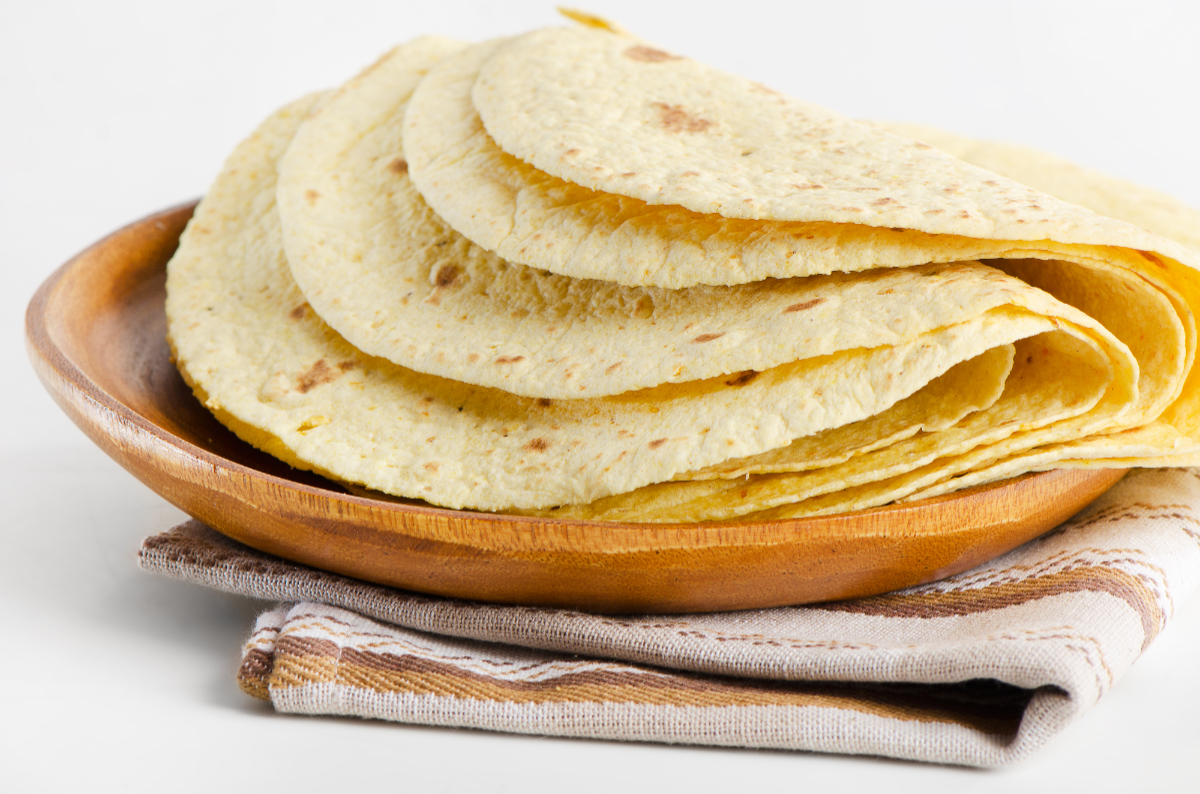BMJ Open Diabetes Res Care
. 2021 Jul;9(1):e002336.
doi: 10.1136/bmjdrc-2021-002336.
Acute effects of the food preservative propionic acid on glucose metabolism in humans
Gail K Adler 1, Ezra S Hornik 2, Gillian Murray 2, Shreya Bhandari 2, Yogesh Yadav 3, Mahyar Heydarpour 2, Rita Basu 3, Rajesh Garg # 4, Amir Tirosh # 5
Affiliations expand
- PMID: 34312159
- PMCID: PMC8314753
- DOI: 10.1136/bmjdrc-2021-002336
Abstract
Introduction: Propionic acid (PA) is a common food preservative generally recognized as safe by the US Food and Drug Administration; however, exogenous PA has effects on glucose metabolism that are not fully understood. Our preclinical studies demonstrated exogenous PA increases glucagon, norepinephrine, and endogenous glucose production (EGP).
Research design and methods: We performed a randomized, placebo-controlled, crossover study in 28 healthy men and women to determine the effect of PA (1500 mg calcium propionate) on these factors. Subjects had two study visits, each preceded by a 1 week, PA-free diet. During each visit, glucose, insulin, glucagon, norepinephrine, epinephrine, and EGP were assessed for 2 hours after oral administration of PA/placebo under resting conditions (protocol 1) and during either a euglycemic (~85-90 mg/dL) or hypoglycemic (~65-70 mg/dL) hyperinsulinemic clamp (protocol 2).
Results: PA, as compared with placebo, significantly increased: (1) glucagon and norepinephrine during protocol 1; (2) glucagon, norepinephrine, and epinephrine under euglycemic conditions in protocol 2; and (3) norepinephrine, epinephrine, and EGP under hypoglycemic conditions in protocol 2.
Conclusion: Oral consumption of PA leads to inappropriate activation of the insulin counterregulatory hormonal network. This inappropriate stimulation highlights PA as a potential metabolic disruptor.
Keywords: catecholamines; endogenous glucose production; food safety; glucagon.
https://pubmed.ncbi.nlm.nih.gov/3431...y%20understood.

Comment